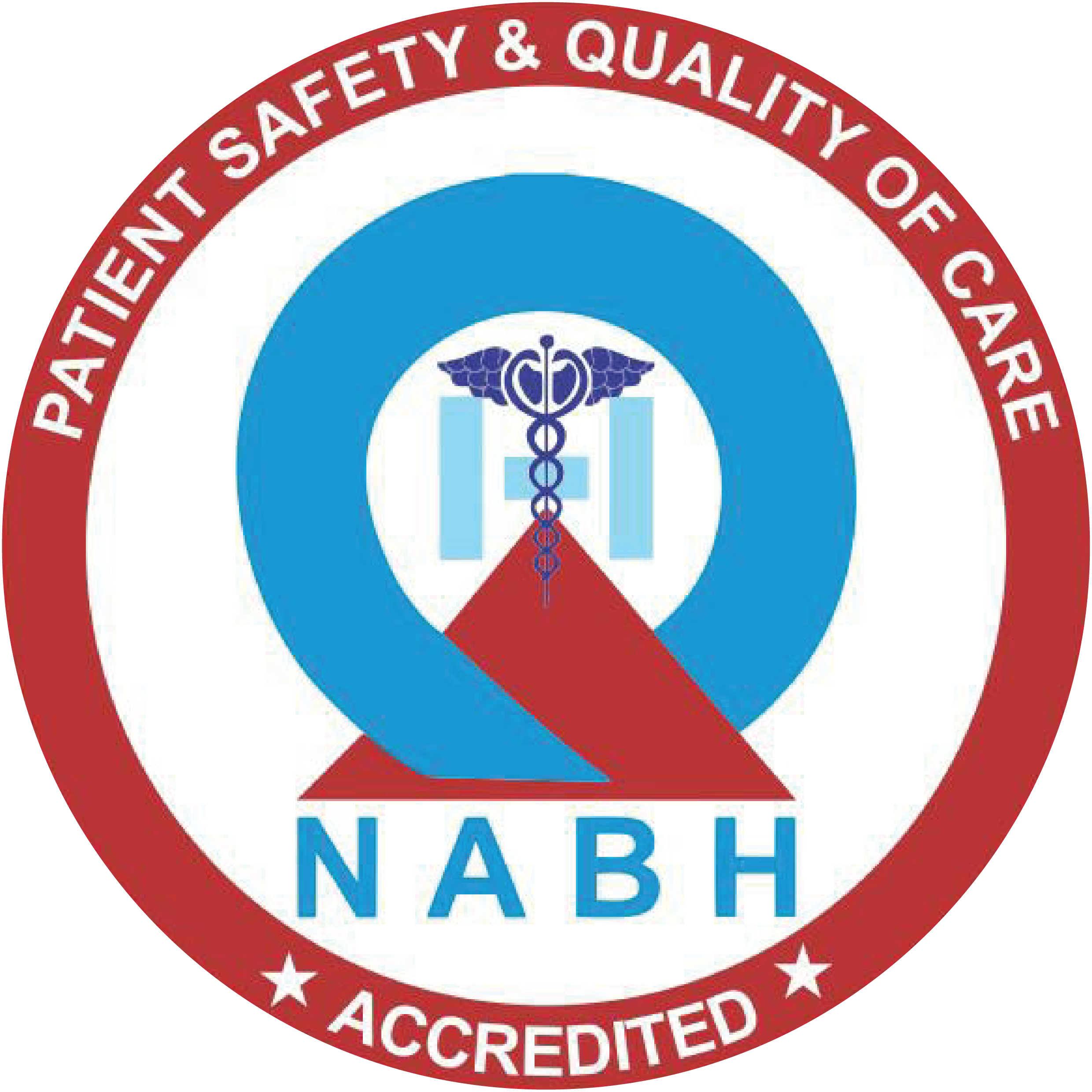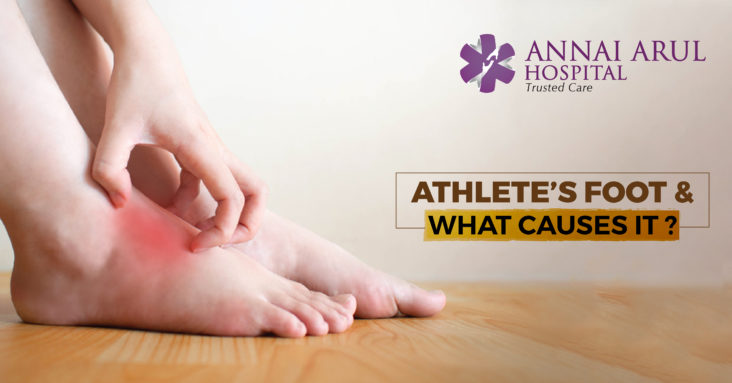Athlete’s foot is also known as Tinea Pedis, it is a contagious fungal infection that affects the skin on the feet. It can quickly spread to other parts especially the toenails and the hands. This is commonly called Athlete’s foot because predominantly the infection is seen in athletes.
It is not a serious disease or condition but at times it becomes very stubborn and is not easily cured. If the patient has diabetes or a weakened immune system, then Athlete’s foot can be a very serious problem and requires a doctor’s attention immediately.
What causes Athlete’s foot?
Dermatophytic fungus readily grows on the feet and causes Athlete’s foot. The infection is easily caught when there is a contact with an infected person or by touching surfaces contaminated with the fungus. The fungus grows in warm and moist conditions. It is contacted that is more commonly from bathrooms, locker rooms and around swimming pools.
Who is at risk?
Athlete’s foot is so common that anyone can get it irrespective of age, sex or region. But there are certain habits and behaviours that increase the chance of contracting the disease.
Factors that increase the risk:
Being barefoot and visiting places barefoot, especially public toilets, showers, and swimming pools or sports locker rooms.
Sharing an infected person’s towels, shoes etc.
When you wear very tight fitting and closed toe shoes
When the feet is not dried and kept moist for long periods.
What are the symptoms of Athlete’s foot?
There are many possible symptoms for athlete’s foot and this may include:
- Constant itching, stinging or burning sensation between toes
- Itching and burning sensation on the soles of the feet
- Itching blisters on the feet
- When the skin on the feet peels off or cracks open, this happens mostly between toes and on the soles.
- Dry skin on the soles of the feet and on the toes
- Toenails which are dis-coloured, thickened and crumbly
- Toe nails that are pulled away from the nail bed.
What are the treatment options for athlete’s foot?
Athlete’s foot condition is better treated with topical with or without oral by a trained dermatologist after taking required tests. Home care can be done by soaking cleaned and dried feet in salt water or vinegar, which helps in drying blisters and care should be taken to keep the feet and web spaces clean and dry.


